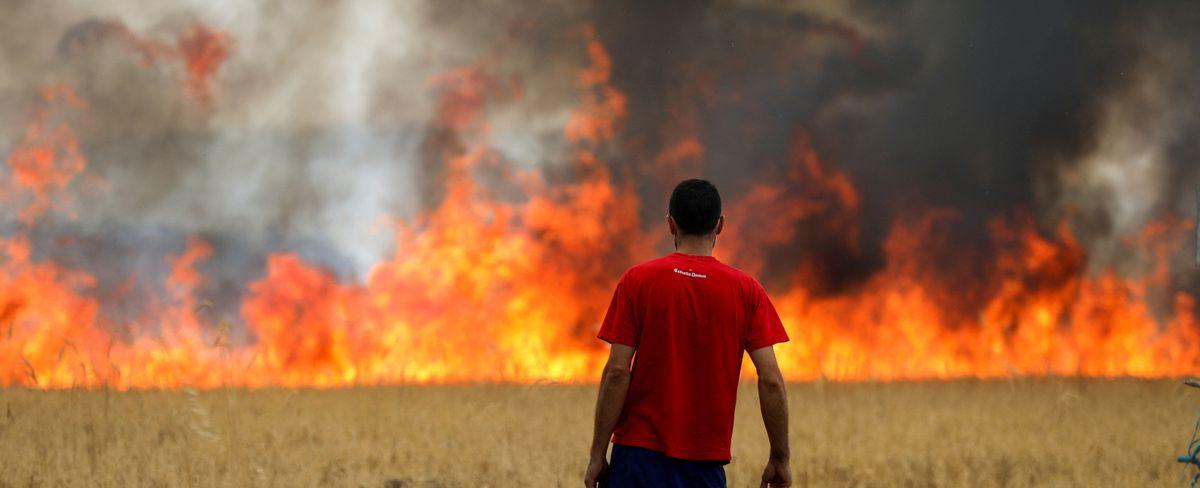World could face record temperatures in 2023 as El Nino returns

Possible article summary:
Get ready for some hot weather ahead, as El Nino is expected to return in 2023 and possibly bring record temperatures around the world. According to a new study published in the journal Nature Communications, the next El Nino event could be more intense than the previous one in 2015-2016, which was one of the strongest on record and caused severe droughts, heatwaves, and coral bleaching. The researchers used climate models and historical data to project that the upcoming El Nino would occur in a period of climatic warming and could amplify the underlying warming trend caused by human activities. They estimate that the global mean surface temperature in 2023 could surpass the previous peak in 2016 and reach a new high of 1.5 degrees Celsius above preindustrial levels, which is a threshold set under the Paris Agreement to limit global warming to well below 2 degrees Celsius and pursue efforts to limit it to 1.5 degrees Celsius. The study suggests that even if the world meets the Paris goals, the current rate of emissions would still lead to a high risk of extreme weather events.
El Nino is a recurring climate pattern that involves changes in ocean and atmospheric conditions in the tropical Pacific, causing a warming of the surface waters and altering the temperature, precipitation, and wind patterns globally. It has effects ranging from floods and landslides in South America to bushfires and cyclones in Australia. El Nino events usually occur every three to seven years and tend to last for several months to a year. Their intensity, timing, and duration are influenced by many factors, including the phase of the Pacific Decadal Oscillation, the strength of the trade winds, and the fluctuations of the ocean heat content. El Nino’s counterpart, La Nina, is another pattern that can also affect global weather and climate.
The study’s findings highlight the urgency of addressing the causes and impacts of climate change, and the need to build resilience and adaptation in vulnerable communities and ecosystems. They also underscore the value of scientific research and modeling in predicting and mitigating the effects of natural phenomena. As the world prepares for the upcoming climate summit in Glasgow, Scotland, and for the critical decade of action towards a sustainable future, the article reminds us that the stakes are high, the challenges are complex, and the solutions are multifaceted. By staying informed, engaged, and proactive, we can all contribute to shaping a more climate-resilient and equitable world.
Quick Links

